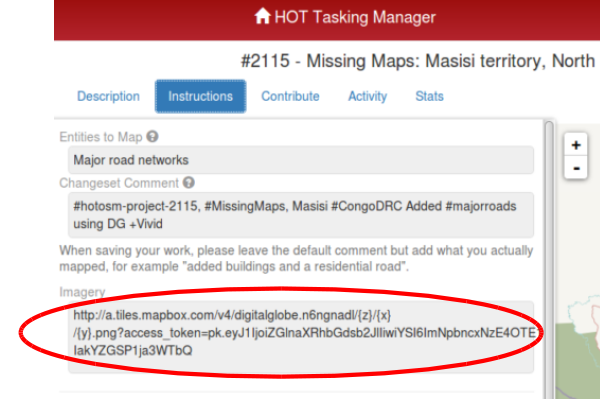
When selecting a relay for rapid-cycling environments, it is essential to understand the unique challenges these environments present. Unlike standard switching tasks that occur infrequently, high-frequency applications involve thousands of cycles per second, often reaching up to tens of kHz per second. This places significant stress on the relay's mechanical components and electrical contacts, making material quality and design critical.
First, consider the relay architecture. Electromechanical relays are widely used but may not be optimal for multi-kHz operation due to their moving contacts and springs. The actuation system have natural response delays and fatigue thresholds, leading to reduced lifespan and inconsistent performance under sustained high-speed operation. SSRs, on the other hand, use silicon-based switching elements and have fully electronic actuation. They are superiorly designed for high-speed load control because they can switch in microseconds without wear, arcing, or contact bounce.
Next, evaluate output terminal composition. Even in SSRs, the load terminals feature thin-film layers or wire bonds that can erode from repeated transient currents. Look for relays with gold-plated contacts or silver alloy materials that resist arcing and oxidation. For heavy-load switching, ensure the relay is rated not just for voltage and current, but also for the maximum switching frequency. product specifications often specify OFF rate, and you should always operate well below this limit to prevent early failure.
Temperature control is another key consideration. Continuous pulsing generates dt effects. Inadequate cooling can lead to thermal runaway and premature failure. Choose relays with integrated heat spreaders or those designed with integrated thermal pathways. In some cases, forced air cooling or using a copper PCB base may be essential.
Also, pay attention to the type of load. L-type loads like coils or انواع رله transformers create back-EMF transients, which can damage semiconductor switches. Use relays with onboard transient suppressors or add external protection like varistors or diodes. For C-type loads, ensure the relay can manage peak startup current that occurs during first cycle activation.
Finally, consider the input drive signal. Pulsed control requires a low-latency, noise-immune input. Ensure the control interface can deliver sufficient current and has low propagation delay. Opto-isolators are strongly advised to block EMI from coupling from interfering with the logic circuitry.
In summary, for ultra-fast load control, solid state relays with appropriate contact materials, robust thermal design, and proper load protection are the preferred choice. Always confirm rated cycle limits for pulse endurance, and apply derating principles. Conducting field simulations is strongly advised before system integration.

